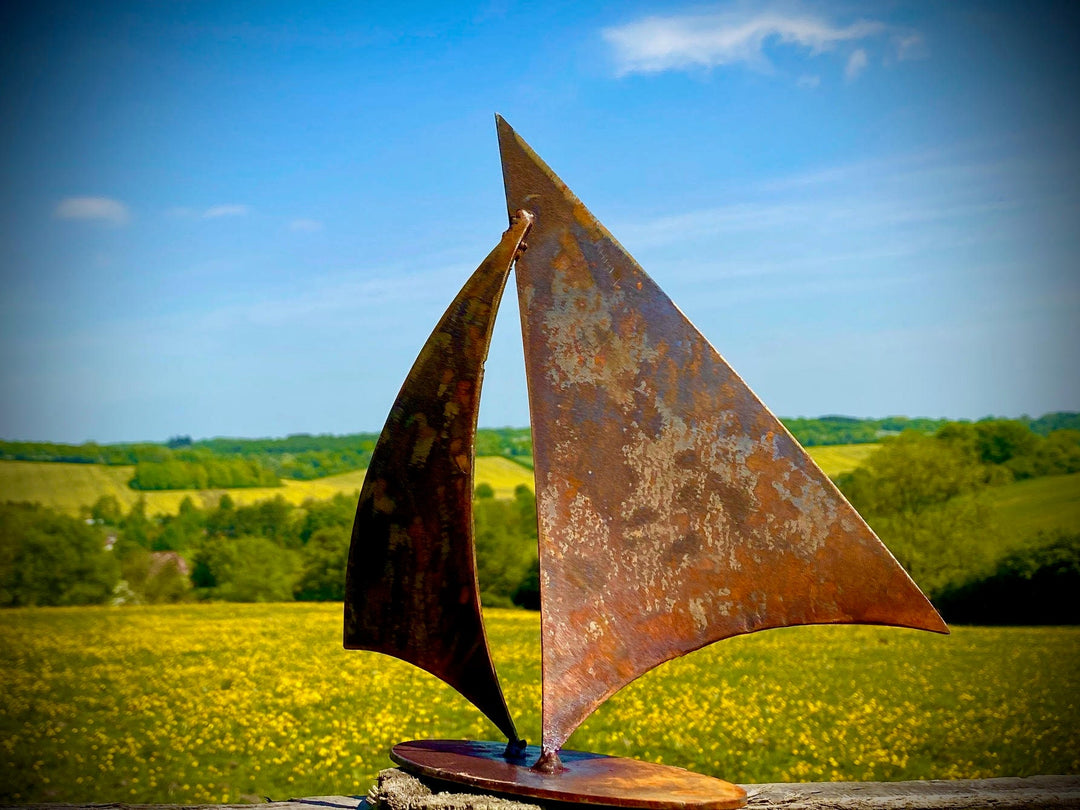Creating a vintage look with metal is a popular trend among industrial manufacturers and DIY enthusiasts alike. Whether you’re working on a small project or a large-scale design, learning how to age metal for vintage look can add character and charm to your creations. This guide will take you through the process, providing insights and techniques to achieve that desired aged appearance.

Understanding the Aging Process
Before diving into the techniques, it’s essential to understand why and how metal ages. Metals like iron and copper naturally develop a patina over time due to exposure to elements like oxygen and moisture. This patina gives the metal its characteristic aged appearance.
The Role of Oxidation
Oxidation is a chemical reaction that occurs when metal is exposed to oxygen. This reaction forms a layer on the surface, which can be manipulated to create a vintage look. By controlling the environment and the substances used, you can accelerate this process.
Choosing the Right Metal
Not all metals age in the same way. Metals such as copper, brass, and iron are particularly well-suited for achieving a vintage look. Each metal type will require different techniques and react uniquely to the aging process.
Techniques to Age Metal
Using Vinegar and Salt
A simple and effective method to age metal involves using vinegar and salt. This technique works well on metals like iron and steel. Here’s how to do it:
- Mix equal parts vinegar and salt in a spray bottle.
- Spray the mixture onto the metal item.
- Let it sit for several hours or overnight to allow oxidation to occur.
- Rinse and dry the metal to reveal the aged look.
Applying Heat
Heat can be an excellent way to speed up the aging process. Using a blowtorch or heat gun, carefully apply heat to the metal surface. This technique can create a varied and unique patina, especially on copper.
Chemical Patinas
For those looking for a more controlled and predictable result, chemical patinas are available. These are commercially sold solutions that can be applied to metals to achieve various aged effects. Always follow the manufacturer’s instructions and take necessary safety precautions.
Protecting Aged Metal
Once you’ve achieved the desired aged look, it’s crucial to protect the metal to maintain its appearance. Applying a clear sealant or wax can help preserve the patina and prevent further corrosion.
Clear Coatings
Use a clear lacquer or polyurethane to seal the aged metal. This will provide a protective barrier against further exposure to moisture and oxygen.
Wax Coatings
For a more natural finish, apply a layer of wax. This not only protects the metal but also enhances the depth of the patina.
Applications of Aged Metal in Design
Aged metal can be used in various design applications, from furniture to garden art. Incorporating aged metal into your projects can add a rustic charm and a sense of history. For inspiration on incorporating metal into garden art, check out metal cactus garden art and DIY metal garden sculptures.
Benefits of Aged Metal
Using aged metal comes with several benefits. It not only enhances the aesthetic appeal of your projects but also contributes to environmental sustainability by repurposing and upcycling materials.
Environmental Impact
By choosing to age metal instead of purchasing new materials, you’re promoting sustainability and reducing waste. Aged metal projects often use recycled or repurposed materials, aligning with eco-friendly design principles.
Cost-Effectiveness
Another advantage of using aged metal is its cost-effectiveness. Rather than investing in expensive new materials, you can achieve stunning results with items you already have or can acquire at a lower cost.
Common Mistakes to Avoid
When learning how to age metal for vintage look, it’s essential to avoid common pitfalls. Here are a few mistakes to watch out for:
- Not cleaning the metal thoroughly before starting the aging process.
- Applying too much heat, which can damage the metal.
- Using harsh chemicals without proper ventilation and safety measures.

FAQs
Can all metals be aged for a vintage look?
Not all metals are suitable for the aging process. Metals like copper, iron, and brass are ideal due to their reactive properties.
Is it possible to reverse the aging process on metal?
Reversing the aging process can be challenging, but it’s possible by removing the patina layers through mechanical or chemical means.
Are there any safety precautions to consider?
Always work in a well-ventilated area and use protective gear when handling chemicals or applying heat to metals.
For more insights on maintaining metal art, visit Easy Tips to Keep Metal Wall Art New.
This article contains affiliate links. We may earn a commission at no extra cost to you.

